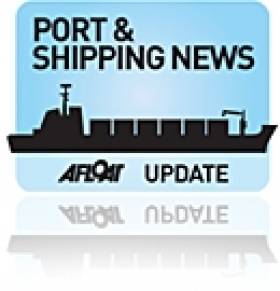Displaying items by tag: Sulphur
IMDO Shipping Review: Tanker Activity Dips, Cleaner Shipping in Europe
#Shipping - The latest Weekly Shipping Market Review from the Irish Marine Development Office (IMDO) reports of a strong rise in earnings in the tanker market despite a reduction in activity for December 2012.
Demand for VLCC and Aframax tankers in the Arabian Gulf experiences the steepest decline, of 37% and 45% respectively - though the market as a whole was still able to finish above the two-year average.
The dry-bulk market is also expected to exceed fleet growth in the latter half of this year, with day rate for Panamax class vessels set to increase by 12.5%.
Closer to home, plans are in the works to extend a Finnish scheme to support investment in cleaner shipping in the European Union.
Amendments to the scheme are aimed at stricter rules that will apply to marine fuel when the Sulphur Emission Control Area - comprising the English Channel, North Sea and Baltic Sea - comes into force in 2015.
The complete Shipping Markets Review for week 4 is available as a PDF to read or download HERE.
























































